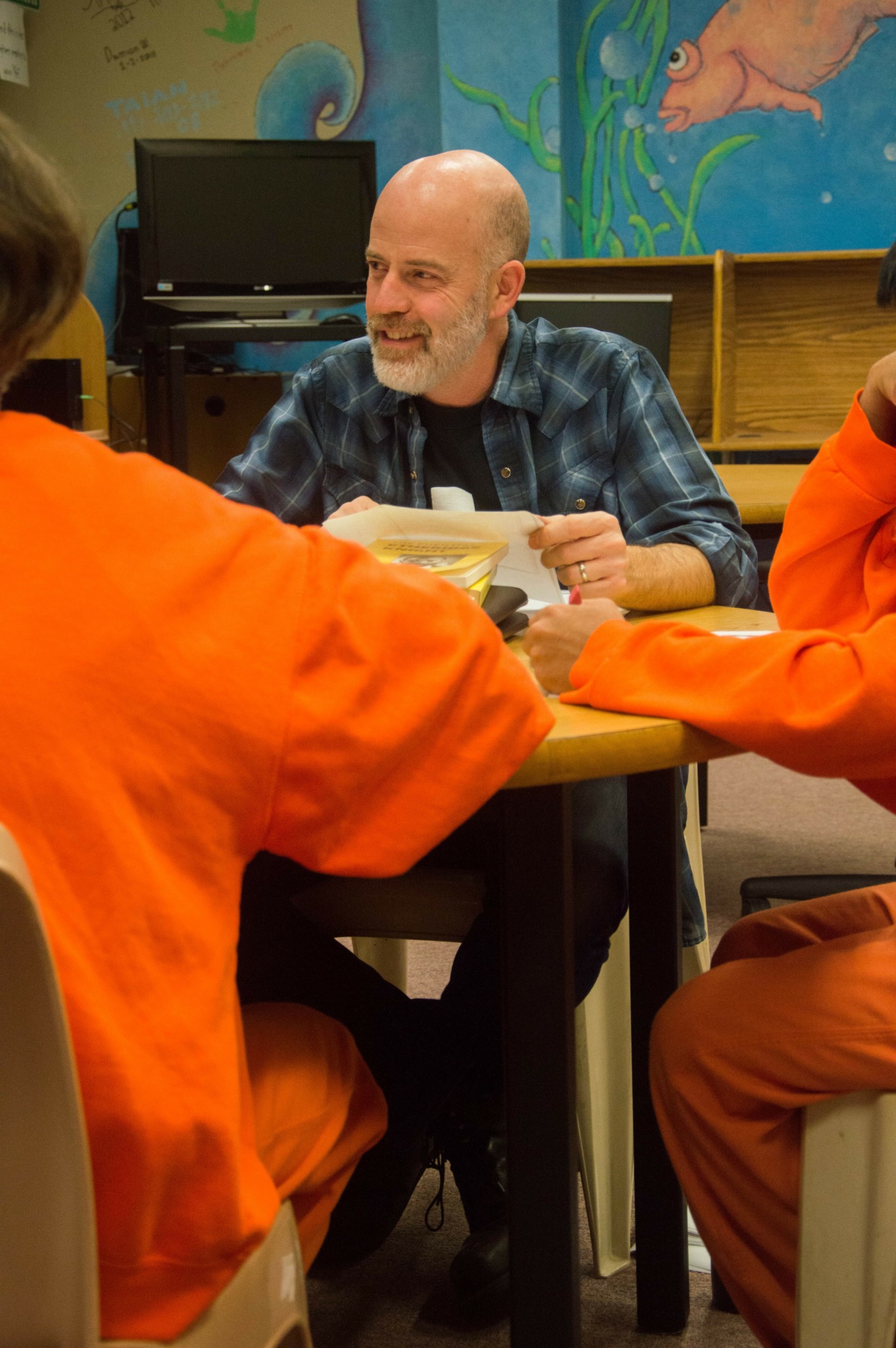Alright – so today we’ve got the honor of introducing you to Matt Malyon. We think you’ll enjoy our conversation, we’ve shared it below.
Hi Matt, thanks for joining us today. We’d love to hear the backstory behind a risk you’ve taken – whether big or small, walk us through what it was like and how it ultimately turned out.
Taking risks has been central to my life’s journey—the invitations to risk that I declined, and those I accepted. There is a way to look at a life and see how both decisions have shaped one journey. So, too, with the creative life, a place in which I have often been braver—and taken more risks—than evidence suggested would be wise. I pursued a degree in English (a financial risk), and then, later, an MFA (an expensive endeavor with a track record of disappointing returns), and the day after graduating I was in a meeting with the Manager of Skagit County Juvenile Detention taking a huge risk by revealing the mature iteration of a vision I’d been carrying within me for nearly thirteen years—a weekly writing workshop for the youth in juvenile detention, taught by a local group of teaching writers. Believing the vision to be a good one, and stepping out onto what I hoped would turn into some sort of bridge to the work I hoped to do, has made all the difference. Through a great deal of work, and a wonderful crew of teachers, students, alumni, volunteers, and board members, we became a nonprofit and are celebrating our tenth year in 2025.
Matt, love having you share your insights with us. Before we ask you more questions, maybe you can take a moment to introduce yourself to our readers who might have missed our earlier conversations?
The call to words arrived early. My favorite book as a child was “Roll of Thunder, Hear My Cry.” I first started reading it in second or third grade. On my fourth renewal, the school librarian told me she thought it wasn’t appropriate for me to be reading at my age. I wore that book out, and smiled each time I handed it to the same librarian for another renewal.
There’s a photograph my parents took when I was four or five. I’m lying on my back on red carpet, framed in a patch of sunlight coming through the living room window in Portland, OR. Huge, white earphones nearly engulf my head. Through them spin the songs of Bob Dylan sung in the harmonious voices of Peter, Paul, & Mary. This too is how words arrived—in song. That’s where things started gathering momentum, those sweet harmonized words that—as Dylan himself said later on—could, if sung right, blow an entire army off the stage. I’d be grateful to form in my lifetime a few handful of poems that sing this way.
A number of events led me toward the work I am now doing. There were five deaths that occurred in my life from November 1999 to November 2000, including the suicide of a close friend, and the death of my father. Looking back, I’d say it was a period of trauma. At the time, I felt like I was drowning. I’m not sure exactly how I made it through. One thing that I do know, without a doubt: writing—in part—saved me. I wrote a collection of interlinked stories in the wake of these deaths. These stories, admittedly literary in their aim, became much more important because they embodied the work of mourning. So much so, that by the end of the process I found myself surfacing. And I have realized only recently that the writing process I did at that time is similar in some ways to the process each student encounters in our writing workshops. Our groups write from where things are at—which for many students is a sense of immobilizing pain—and we write with a trajectory of hope.
On my birthday in 2003, I watched Fog of War by Errol Morris, and midway through the film had some sort of experience. While bombs were being dropped out of planes in a scene from Dr. Strangelove, some sort of nearly palpable call occurred: I was to do something with my writing life in addition to my own writing. In 2006, I encountered Mark Salzman’s memoir about teaching with Inside Out Writers, a creative writing program for incarcerated juveniles in Los Angeles. It was a new idea to me. Things took off from there. I carried that vision through another degree program, did internships with writing initiatives situated in at-risk communities, and dreamed of what could be. In May 2015, the day after graduation, I sat in a meeting with the director of our local Juvenile Detention facility to propose Underground Writing. Things have been moving swiftly ever since, and I am beyond grateful.
What’s a lesson you had to unlearn and what’s the backstory?
Don’t try to live your life becoming someone else’s CV or Bio Blurb or Publications List. Comparison is a killer. And come to the realization as soon as possible that you will never feel about your own art (any art form) the same way that you do about the artists you most love (and they don’t feel about themselves the way you feel about them!).
Learn the craft. Work hard. Trust your own intuition. Be yourself. The gift of the craft is being able to do it. Take pleasure in the actual work of your art, and resist with ferocity the inclination to prioritize anything over that (e.g., renown, number of likes on social media, the curation of an image of a life rather than living one, etc.).
Then, send the work out into the world. Let go of your expectations. Get back to work.
All of this has been learned over the years the hard way—through experience and constantly realigning myself to the true joy and work of an art form—doing the work, and knowing that doing the work is the real gift.
Is there mission driving your creative journey?
In our writing workshops, we tell students that writing is an art form, and it’s also a tool for life. This duality, the back and forth of it, informs the work of Underground Writing, and it also informs my own writing and life. I write in pursuit of discovery, beauty, mystery, and—in my work, my vocation—I seek to help others find tools for their life (through writing, listening, expression, stepping toward transformation).
Like a good poem, I want to be a conduit for assisting in a small way in the transformation of words put together to point toward mystery, and lives being put back together in a movement toward beauty and wholeness.
Contact Info:
- Website: https://undergroundwriting.org/
- Instagram: https://www.instagram.com/_undergroundwriting/
- Facebook: https://www.facebook.com/UndergroundWriting
- Twitter: https://bsky.app/profile/undergroundinwa.bsky.social
- Other: https://matt-malyon.com/
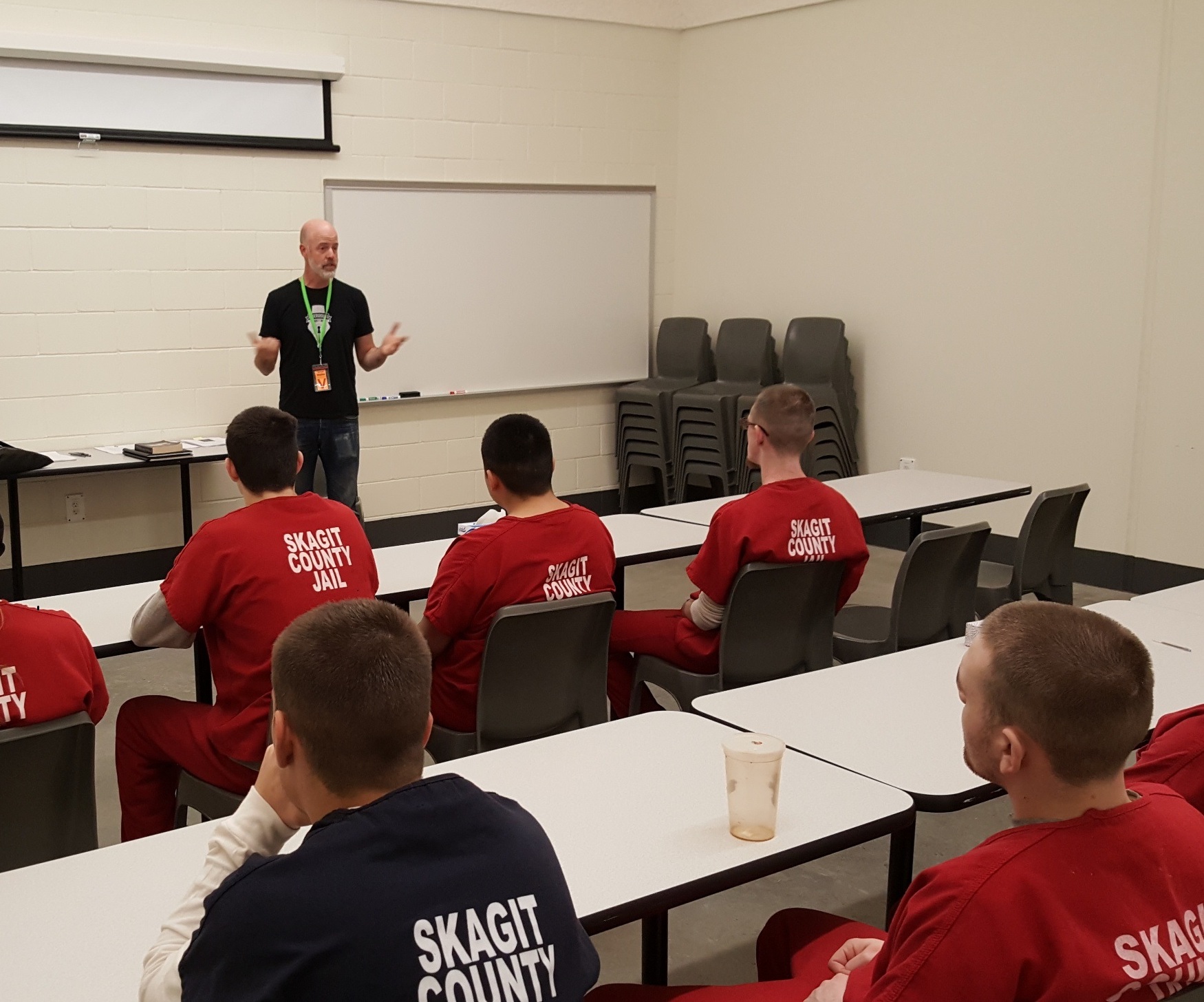
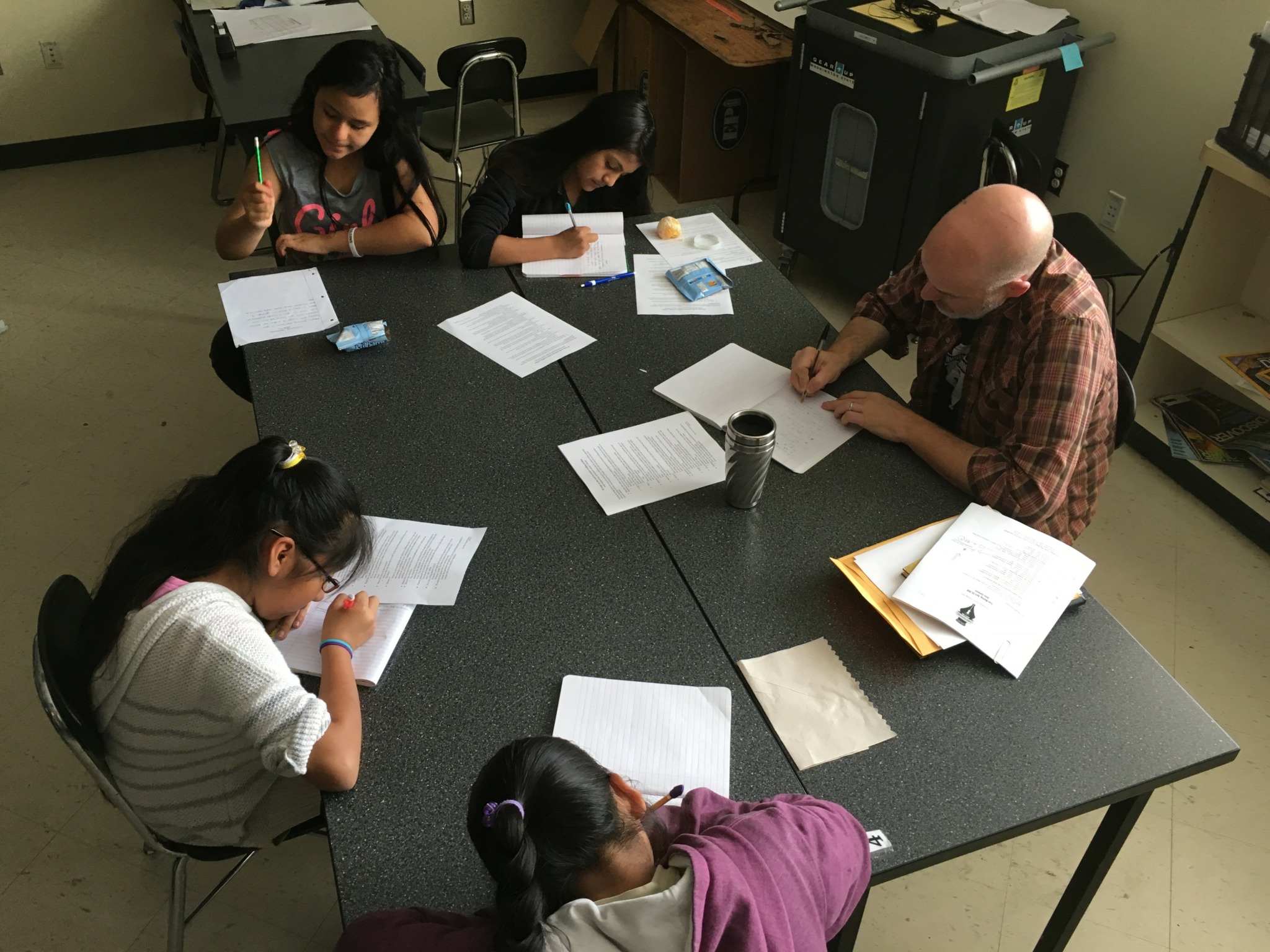
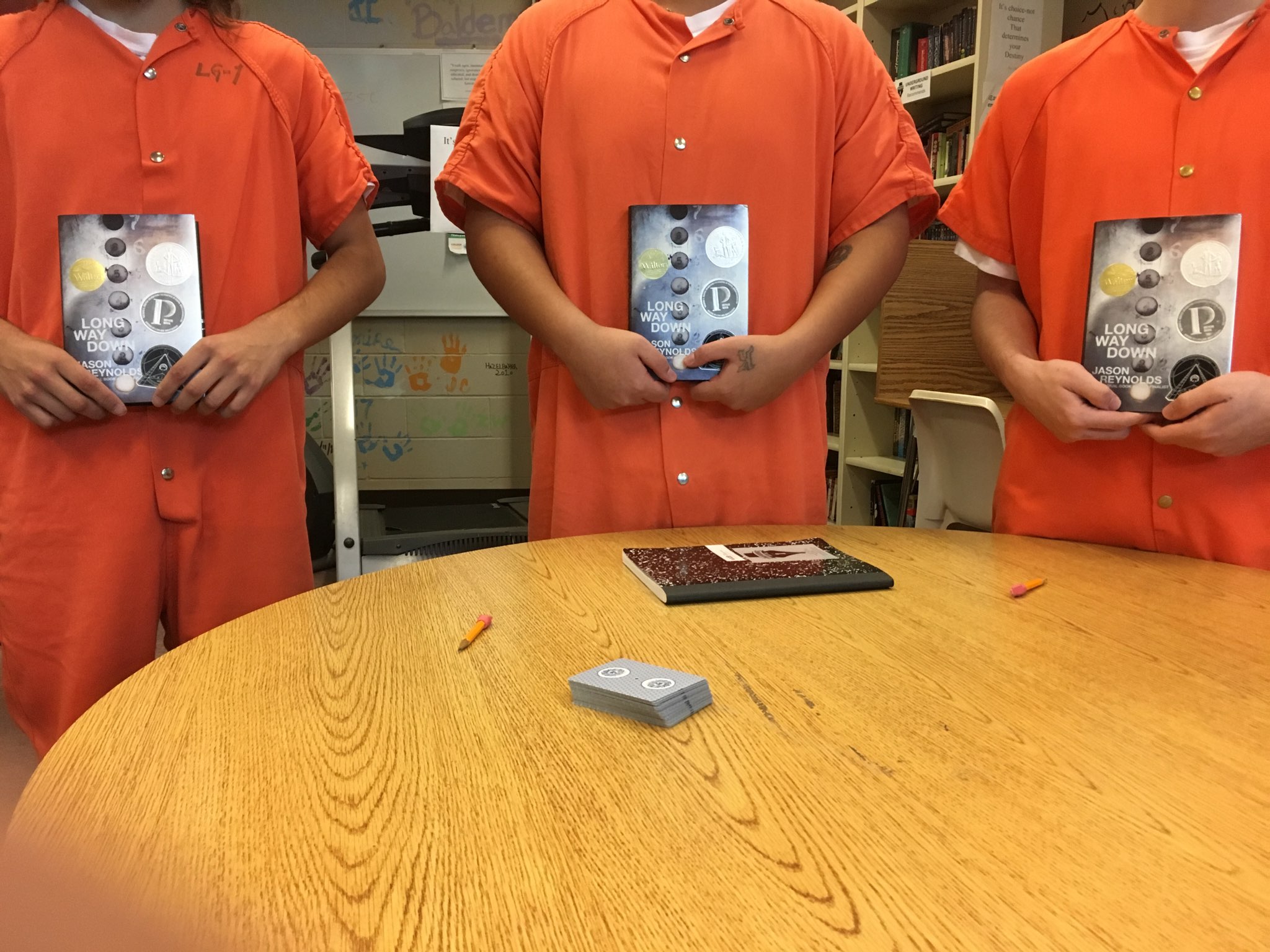

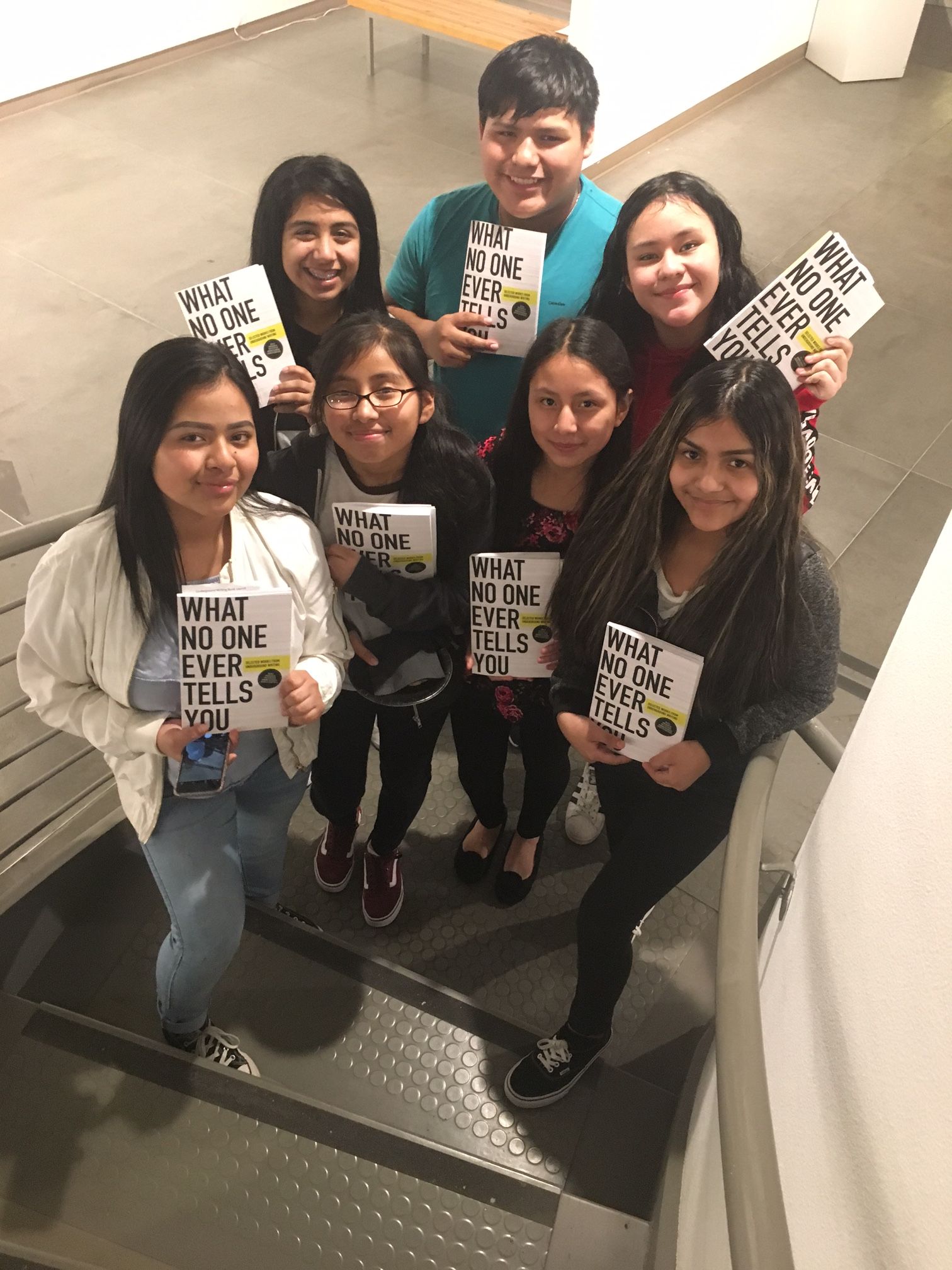

Image Credits
Underground Writing // Alvin Shim


